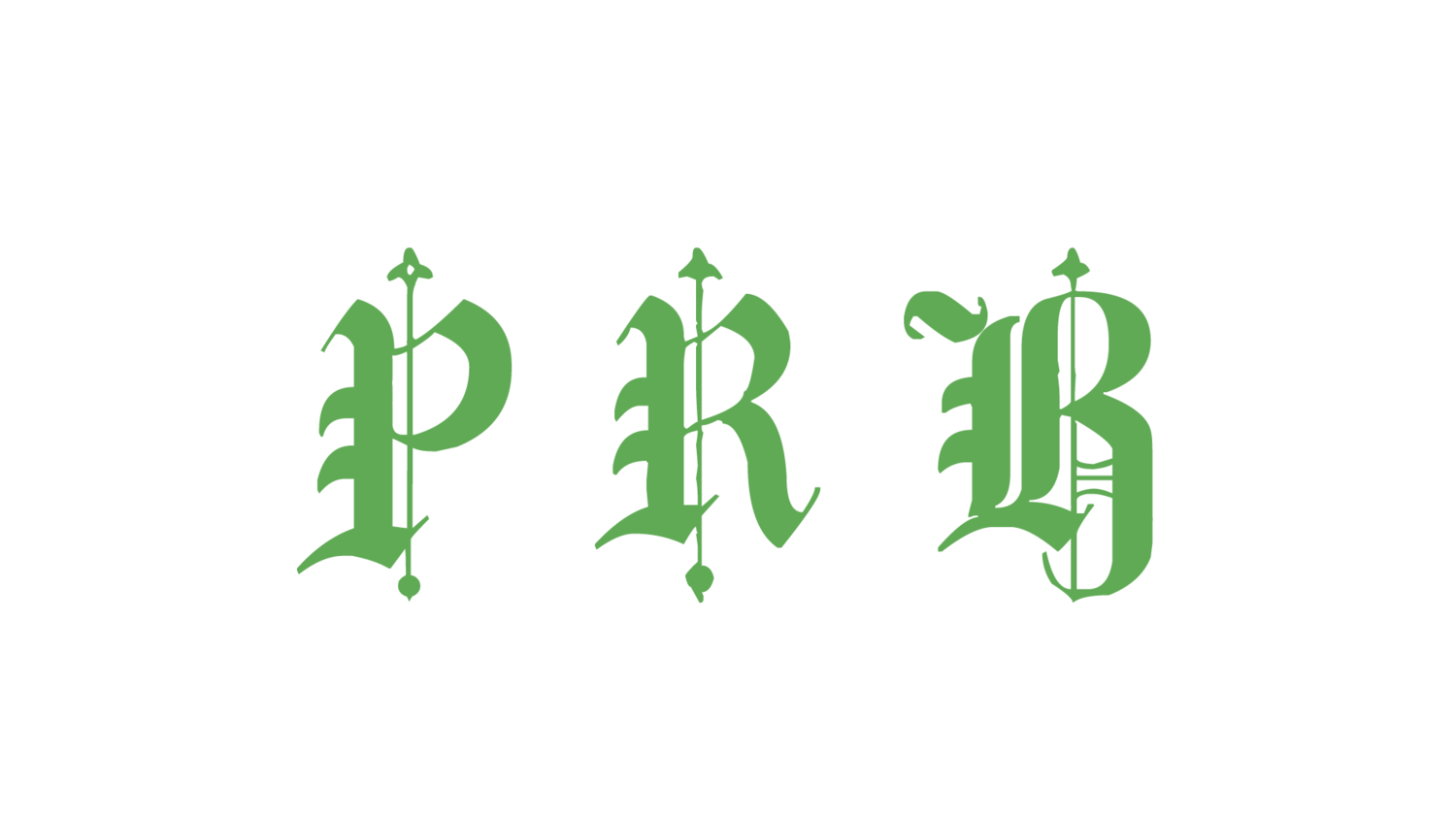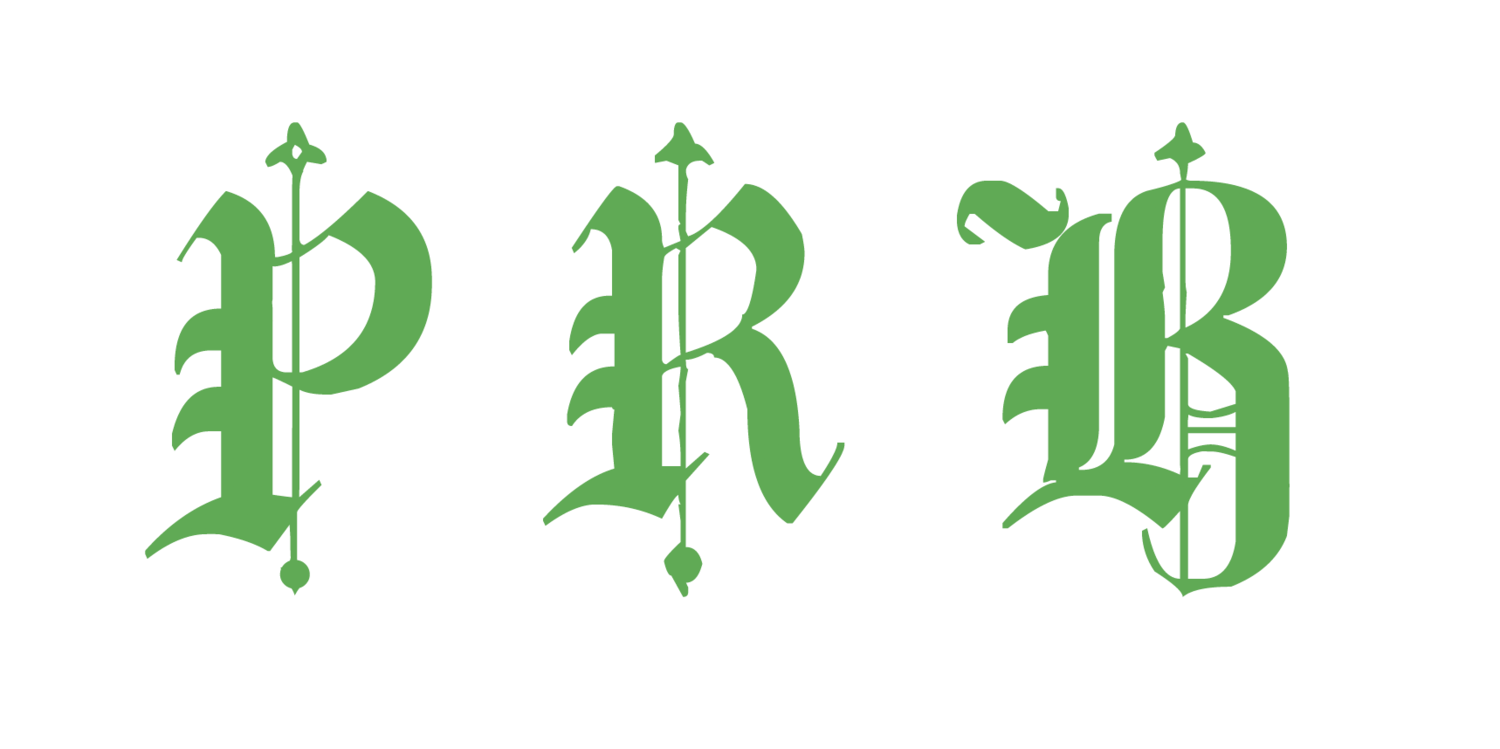Daniel Hockenson & Anne Lesley Selcer
Friday, September 16
7:00pm
DANIEL HOCKENSON & ANNE LESLEY SELCER
~
Celebrating the launch of Daniel Hockenson’s new book Modal Rose Coda — and Anne Lesley Selcer’s Sun Cycle, published in 2019.
~
Daniel Hockenson is an artist and writer who lives in Los Angeles. His text and visual work has been presented at Whitechapel Gallery, the Torrance Museum of Art, and at Hayworth Gallery. Modal Rose: Coda, published by Insert Blanc Press, is his first book.
Anne Lesley Selcer works in the expanded field of language. They write on, with, around and underneath art. This has created a book of essays called Blank Sign Book, a book of poems called Sun Cycle and a multitude of multiform publications, performances and moving pictures scattered through galleries, artspaces and magazines. Their off-page works have shown at the International Short Film Festival Oberhausen, The Moscow International Experimental Film Festival, Cork International Film Festival, Ribalta Film Festival, The Berkeley Art Museum, Crossroads Film Festival, Kroswork and ProArts among other places. Recent poetry appears in Baest, SPAM, Blazing Stadium, Interim and Dirt Child. Writing has been commissioned by Artspeak, Mills College Art Museum, The Capilano Review and other art institutions, most recently by Cindy Rehm for her monograph Transference.
~
On Modal Rose Coda:
The most striking thing about the study of languages are their convivialities--linguistic similarities that appear when we pass from one country to another or even one region to another. Convergences over time often escape the observer, however convergences in space cannot be avoided. Confronted with legible texts, one is literally composed; a steadiness persists, a stability within the semicircular canals: all the "otoliths" in balance; in reading, the signifying mass of the text holds form, ventilated by cultural action.
A text reveals a topology of desire, a singular form carved from the possibilities contained within the lexicon of its author. In this sense, Modal Rose: Coda, is no different; yet, in an attempt to find distance from overt expressions of self, this work opts to wander down more well-trodden paths, those guided by clearly-legible signage, swapping out the onus of personal desire for mixtures of order and chaos that only the whims of the many might achieve through patterns of repetition, gradual changes, and over fair amounts of time. Here, a topology of desire is revealed specifically through the collision and comparison of distinct lexicons.
Comprised of 13 non-traditional double sestinas and largely determined by specific orthographies shared between a half-dozen of the most-used Latin-script-based languages, Modal Rose: Coda finds its form within the confines of a strictly visual commonplace, and in doing so, boils the English language down to its most prevalent cross-cultural imports and exports. These import/exports (these loanwords, these inter-lexical homographs found common to English, French, German, Italian, Portuguese, and Spanish), both fixed by stereotypical overuse and unmoored by their vast combinatorial potentials, reveal various nodes of fixation held by the Westernized multitudes, nodes that, when left to commingle, link and twist into a spindly, descriptive, and sanctioned Babel.


